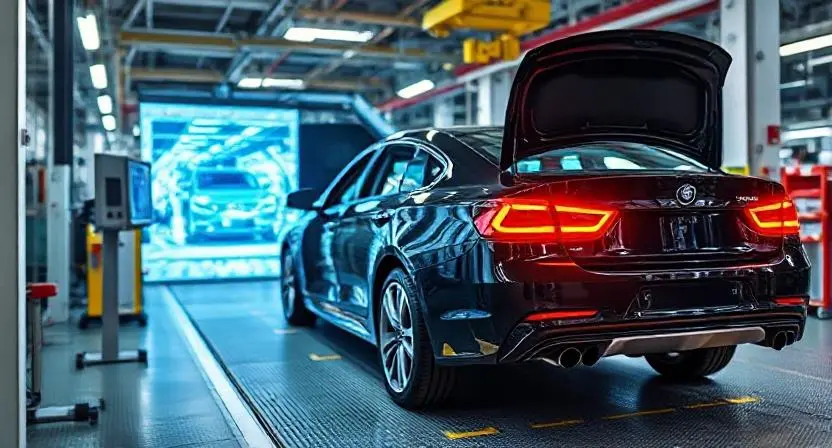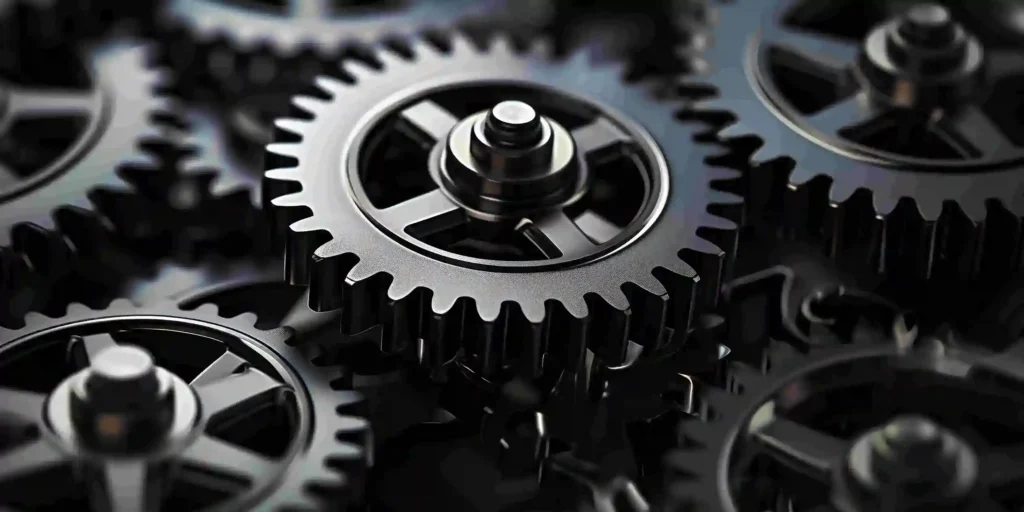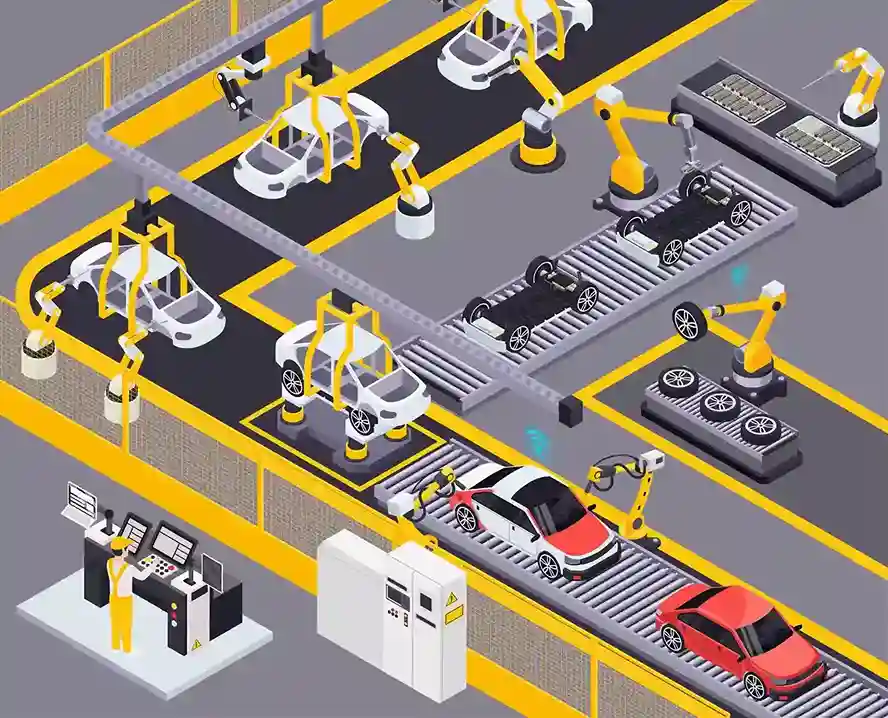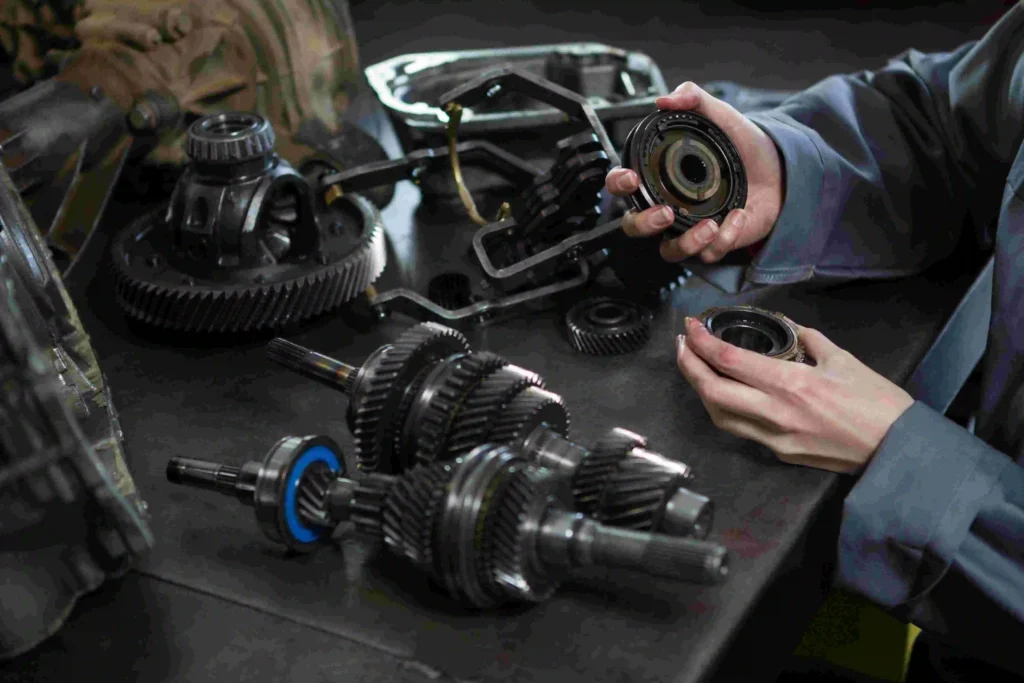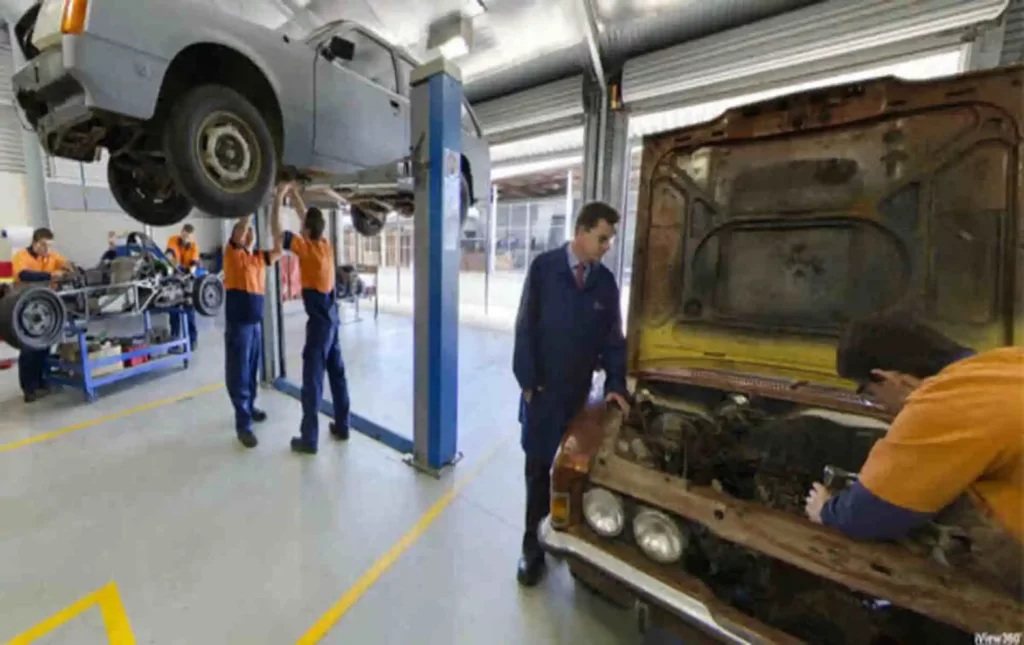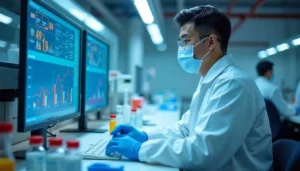Enhancing Quality Control in the Automotive Industry with Advanced Vision Inspection Systems
Introduction Vision inspection systems play a crucial role in quality control within the automotive industry, ensuring vehicles meet safety, performance, and aesthetic standards. Precision and accuracy are essential in manufacturing, as even minor defects can cause serious safety risks and expensive recalls. These advanced systems provide automated solutions for detecting defects and maintaining consistent quality. By improving efficiency, minimizing human error, and enhancing overall manufacturing excellence, vision inspection systems have become indispensable in modern automotive production. Understanding Vision Inspection Systems Definition of Vision Inspection Systems Vision inspection systems use advanced cameras, sensors, and AI-driven software to analyze and inspect products for defects, inconsistencies, and deviations from quality standards. These systems operate with high precision, ensuring that components and final products adhere to exact specifications, minimizing errors in the production process. Functionality in Industrial Applications In automotive manufacturing, vision inspection systems process images in real-time to detect flaws such as misalignments, cracks, and surface imperfections. These systems automate quality control, reducing human intervention while enhancing accuracy. They can be used at multiple stages of production, including component assembly, welding, and final inspection, ensuring that every part meets quality standards. Types of Vision Inspection Systems in Automotive Manufacturing Benefits of Vision Inspection Systems in Automotive Manufacturing Improved Accuracy and Consistency Vision inspection systems deliver precise and consistent quality control by eliminating human errors. Unlike manual inspections, which can be subjective and inconsistent, these systems provide uniform assessments, ensuring every part meets the required standards. Reduction in Production Errors By identifying defects early in the production process, vision inspection systems prevent defective components from advancing down the assembly line. This proactive approach minimizes waste, reduces rework costs, and prevents defective products from reaching consumers. Enhanced Efficiency and Speed Automated inspection systems work much faster than manual methods, allowing manufacturers to maintain high production speeds without sacrificing quality. This results in increased productivity and faster time-to-market for new vehicles and components. Cost Reduction and Waste Minimization Detecting defects at an early stage prevents material wastage and costly recalls. By minimizing errors, manufacturers save on operational costs, improve resource utilization, and enhance profitability. Compliance with Industry Standards Automated vision systems ensure that automotive components comply with regulatory and safety standards, such as ISO, IATF, and other industry-specific certifications. Meeting these standards is essential for maintaining brand reputation and avoiding legal liabilities. Applications of Vision Inspection in the Automotive Industry Surface Defect Detection Vision inspection systems analyze surfaces for defects such as scratches, dents, and corrosion on metal and plastic parts. This is crucial for ensuring the durability and aesthetic appeal of automotive components. Dimensional Measurement and Alignment These systems verify that all parts meet precise dimensional specifications, ensuring proper alignment and fit during assembly. Accurate measurements prevent mismatched components that could affect vehicle performance. Assembly Verification Vision inspection systems confirm that essential parts, such as bolts, screws, and electrical connectors, are correctly installed. This prevents malfunctions and enhances vehicle reliability. Barcode and Label Verification These systems check the accuracy of barcodes, serial numbers, and labels to ensure correct tracking and traceability of automotive parts throughout the supply chain. Weld and Bond Inspection By analyzing weld seams and adhesive bonds, vision systems detect weak or incomplete joins. Ensuring strong welds and bonds is critical for vehicle safety and durability. Technologies Behind Advanced Vision Inspection Systems Machine Learning and AI Integration AI-powered vision inspection systems continuously learn and improve their accuracy by analyzing patterns in defect detection. These intelligent algorithms reduce false positives and enhance the system’s ability to identify new defects. 3D Imaging and Laser Scanning Using high-resolution 3D imaging and laser scanning, these systems capture detailed surface and structural data, enabling precise inspections of complex components and assemblies. Infrared and Thermal Imaging Infrared and thermal imaging technologies detect hidden defects by analyzing heat signatures, making them ideal for inspecting electrical circuits, welds, and bonding materials. Edge Computing and IoT Connectivity Modern vision inspection systems integrate with IoT and edge computing, allowing real-time data analysis and connectivity with manufacturing execution systems (MES). This enhances decision-making and predictive maintenance. Challenges in Implementing Vision Inspection Systems High Initial Investment Cost While vision systems require a significant upfront investment, the long-term benefits of defect prevention and cost savings outweigh the initial costs. Integration with Existing Manufacturing Processes Incorporating vision inspection systems into legacy production lines can be challenging, requiring system compatibility adjustments and process reconfigurations. Need for Skilled Workforce and Training Technicians and operators must be trained to use and maintain vision inspection systems effectively. Continuous learning is essential to leverage the full potential of these systems. Maintenance and Updates for Long-Term Efficiency To ensure consistent performance, vision systems require regular updates, calibration, and maintenance, which adds to operational costs. Future Trends in Vision Inspection Systems Advancements in AI-Driven Defect Detection AI-based defect detection will continue to improve, enabling more accurate and automated quality control solutions with minimal human intervention. Expansion of Automation in Quality Control Manufacturers will increasingly rely on fully automated quality control systems, reducing reliance on manual inspections and enhancing productivity. Integration with Digital Twins and Smart Factories Vision inspection systems will integrate with digital twins, allowing manufacturers to simulate production environments and predict quality issues before they occur. Enhanced Real-Time Monitoring and Predictive Analytics Big data and predictive analytics will improve defect prevention, enabling manufacturers to take proactive measures to maintain quality. Conclusion Vision inspection systems have transformed automotive quality control by providing faster, more accurate, and cost-effective defect detection. As technology advances, these systems will play an even more significant role in maintaining quality, reducing costs, and ensuring compliance with industry standards. Lastly, if you are looking for a reliable implementation partner, you may as well contact Trident Information Systems. Experience the power of Trident’s Visual Intelligence Systems firsthand. Don’t miss out on the incredible benefits they bring. Contact Trident today for a demo and see how these innovative solutions can transform your business. Also, stay updated by following our LinkedIn page for more insights. Join us as we lead the way in automotive innovation.

